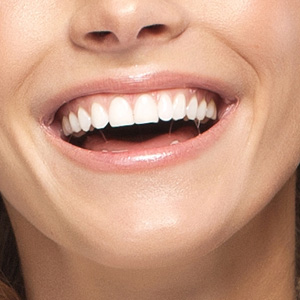Periodontal Disease

What Is Periodontal Disease?
Periodontal disease is a gum disease. Also known as gum disease, it is characterized by a presence of bacteria causing inflammation and bleeding of the gums. Often bone loss will occur around the teeth. Periodontal disease begins with plaque buildup. As the plaque remains on your teeth, it hardens and becomes a solidified substance known as tartar. Tartar harbors bacteria that eats away the enamel of your teeth and attacks the soft tissue around your gums. Once Tarter has been left on your teeth, long enough it becomes gingivitis which is the first stage of periodontal disease. The second stage is periodontitis, which ultimately destroys the tissue surrounding your teeth and the bone that holds your teeth in place. This disease advances silently, often without pain, and soon you are losing your teeth and find your entire immune system weakened by the disease.
There is a link between periodontal disease and stroke, heart disease, diabetes and an increased risk for pregnant women. If you have signs of periodontal disease, don't hesitate to make an appointment.
Treating Periodontal (Gum) Disease
Treatments of gum disease include deep cleaning (scaling and root planing), medications or surgical treatment. Some surgical treatments involve flap surgery or bone and tissue grafting.
LANAP Laser Treatment
We utilize the LANAP Laser Treatment for periodontal disease. LANAP is the first, and only FDA cleared laser procedure for the treatment of moderate to severe gum disease. Unlike traditional osseous surgery, LANAP does not require the use of a blade or sutures. Instead, LANAP utilizes laser technology to gently remove the infection without harming the healthy gum and bone. Click here to learn more about LANAP.
Our goal in treating gum disease is to stop the progression of periodontal disease and to eliminate the inflammation in the mouth. Treating the periodontal disease will not only reduce the risk of gum disease and bone loss, but also reduce the chances of developing other serious illnesses that may be related to the inflammation in your mouth.
As we determine the severity of periodontal disease, we will devise a personal plan of action to recover from the disease. It is extremely important that you heed all of the Doctor’s recommendations. Your response to treatment will be dependent upon your good oral hygiene efforts at home.
What causes gum disease?
Bacteria causes gum disease. A sticky, colorless plaque forms on your teeth above and below the gum line as you consume foods. Bacteria, saliva, and other particles combine to form the plaque that sticks to your teeth. As plaque builds up it hardens and forms tartar.The longer plaque and tartar remain on your teeth, the more harmful they become.The buildup serves as a source of irritation to the tissue.This leads to inflammation within the gum tissue that contributes to the destruction of the tissue and bone surrounding the teeth.
Risk Factors for Gum Disease
- Smoking:Smoking is one of the most significant risk factors associated with the development of gum disease. Additionally, smoking can lower the chances for successful treatment.
- Hormonal changes in women, i.e., pregnancy, menopause, etc. These changes can make gums more sensitive and make it easier for gingivitis to develop.
- Diabetes: People with diabetes are at higher risk for developing infections, including gum disease.
- Other illnesses: Diseases like cancer or AIDS and their treatments can also negatively affect the health of gums.
- Medications: Medications that reduce the flow of saliva make your mouth vulnerable to infection. Since saliva has a protective effect on the mouth, without enough saliva, the mouth is vulnerable to diseases such as gum disease. Some medications can cause abnormal overgrowth of the gum tissue, which can make it difficult to keep teeth and gums clean.
- Genetic susceptibility: Some people are more prone to severe gum disease than others.
Symptoms of Gum Disease
- Bad breath that won’t go away
- Red or swollen gums
- Tender or bleeding gums
- Painful chewing
- Loose teeth
- Sensitive teeth
- Receding gums or longer appearing teeth








